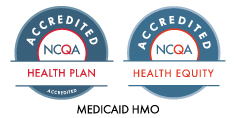Enhanced Care Management (ECM) and Community Supports (CS) Provider FAQs
This page covers common ECM/CS provider questions. Providers can find an overview of Enhanced Care Management and Community Supports (ECM/CS) on our main provider-facing ECM/CS page.
If you have additional questions that are not answered here, please email us at [email protected].
Enhanced Care Management FAQs
Community Supports FAQs
ECM/CS Contact Information
Alliance ECM team
General Inquires: 800-700-3874 or [email protected]
- Technical help: 831-430-5518
- Authorization questions: [email protected]
Interested in becoming an ECM or CS provider?
Email us at [email protected].
ECM/CS Resources
ECM/CS Provider Directory
Jiva Portal Support
Provider Support Hotline: 831-430-5504



